
how to use turmeric for worms in dogs
If you’ve noticed your 1-year-old terrier mix, Ruby, losing weight despite eating well or passing small, rice-like bits in her stool, intestinal worms might be the culprit.
Spotting tiny, wriggling threads in your dog’s eye isn’t just unsettling—it’s a sign of eye worm disease, a common issue linked to flies that carry the parasites. Left untreated, these worms can irritate your dog’s eye, cause redness, or even lead to more serious problems if they spread. The first step, always, is to visit a licensed vet—never try to remove worms yourself with home tools, as this can hurt your dog’s delicate eye tissue.
Your vet will start by examining your dog’s eye, often using a special light to spot the tiny worms (they’re usually white or tan and just a few millimeters long). Once confirmed, they’ll use a safe, vet-approved method to remove the worms—this might involve gentle flushing with a sterile solution or using fine tweezers under magnification to pull them out one by one. After removal, they’ll likely prescribe medication, like an anti-parasitic drop or oral treatment, to kill any remaining larvae and prevent reinfection.
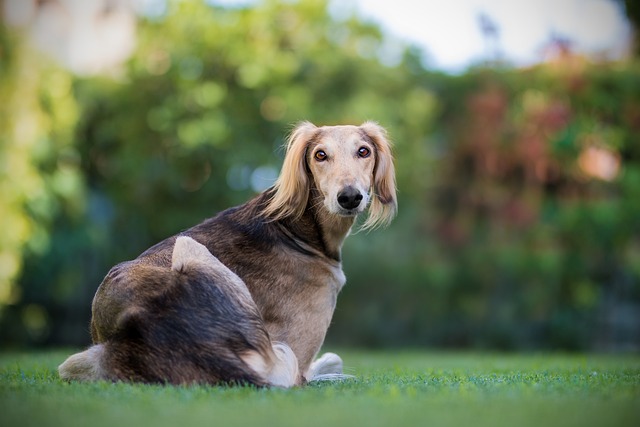 It’s key to remember that eye worm disease is preventable, and following local pet health guidelines here matters. Many areas require regular parasite checks for dogs, especially if you spend time outdoors in parks, woods, or areas where flies (the main carriers of eye worm larvae) are common. Keeping your dog’s living space clean—clearing away food scraps or standing water that attract flies—also cuts down on risk. Skipping preventive care isn’t just bad for your dog; it could also mean missing requirements set by local animal welfare laws.
It’s key to remember that eye worm disease is preventable, and following local pet health guidelines here matters. Many areas require regular parasite checks for dogs, especially if you spend time outdoors in parks, woods, or areas where flies (the main carriers of eye worm larvae) are common. Keeping your dog’s living space clean—clearing away food scraps or standing water that attract flies—also cuts down on risk. Skipping preventive care isn’t just bad for your dog; it could also mean missing requirements set by local animal welfare laws.
If you have other pets at home, let your vet know right away. Eye worms don’t usually spread directly from dog to dog, but if flies are lingering around your property, other dogs (or even cats) could be at risk. Your vet might suggest checking all your pets or adjusting their preventive meds to keep everyone safe. This isn’t just about your dog’s health—it’s about being a responsible pet owner, which aligns with how we care for our furry friends here.
After treatment, your vet will schedule a follow-up visit to make sure your dog’s eye is healing and no new worms have appeared. Keep an eye on your dog’s behavior too—if they’re squinting, rubbing their eye, or if the eye looks red again, call your vet immediately. Most dogs recover quickly with proper treatment, but staying on top of aftercare is what keeps them happy and healthy for walks in the park or lazy afternoons at home.
Taking care of a dog with eye worm disease might feel stressful at first, but staying calm and following your vet’s advice makes all the difference. Remember, prevention is easier than treatment—stick to regular vet visits, keep flies away from your home, and always follow local rules for pet health. Your dog can’t tell you when their eye hurts, so it’s up to you to spot the signs early and get them the help they need. That’s what being a great dog owner is all about.

If you’ve noticed your 1-year-old terrier mix, Ruby, losing weight despite eating well or passing small, rice-like bits in her stool, intestinal worms might be the culprit.
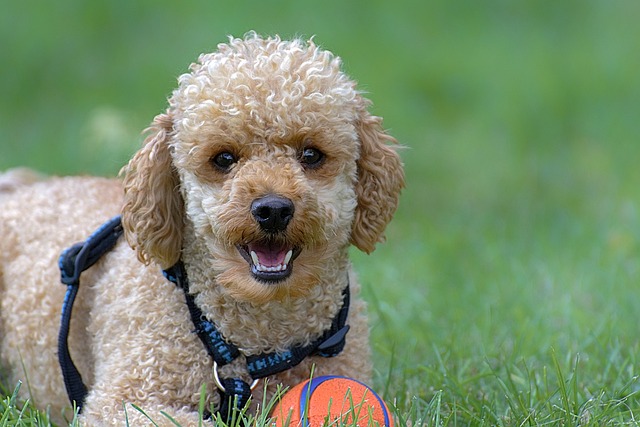
Dogs can't tell us when their tummies hurt, but their bodies send clear signals if you know what to look for. A common sign is restlessness—pacing around the house, struggling to get comfortable, or even repeatedly lying down and getting back up.
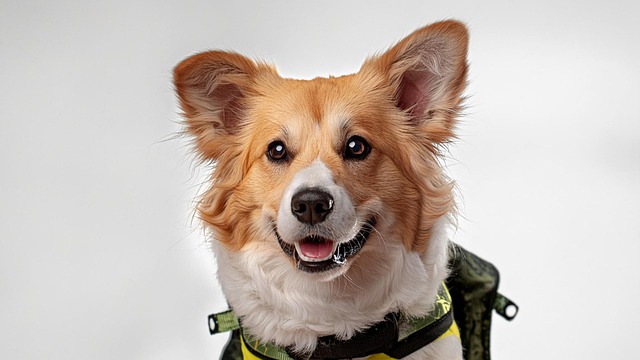
If you’ve stood in the pet food aisle wondering why some bags highlight “real chicken” while others list “meat by-products,”
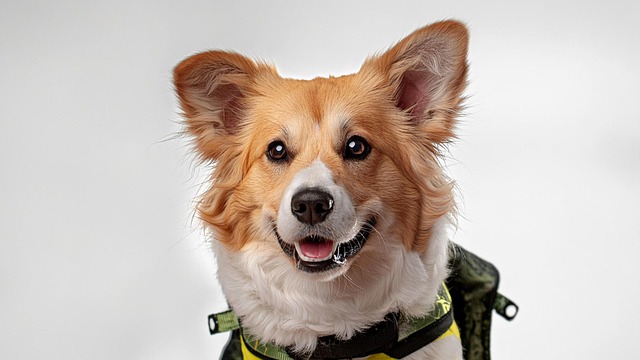
If you’ve watched your 3-month-old Golden Retriever puppy, Max, drag his paws halfway through a game of fetch or leave half his kibble untouched
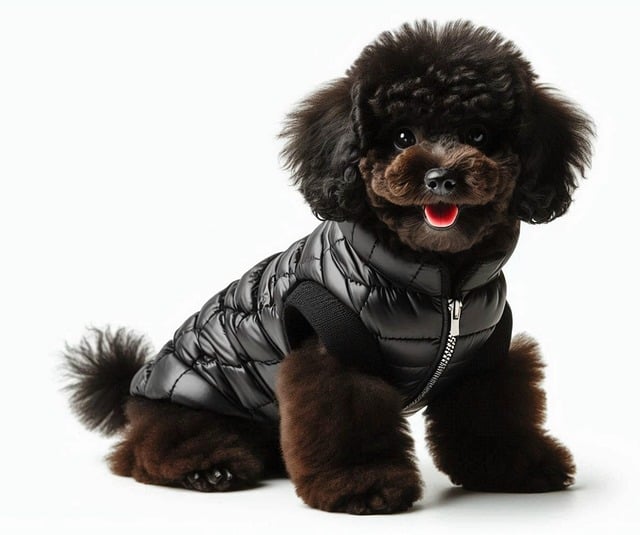
Puppies under six months old are most vulnerable to canine distemper, a viral disease that attacks multiple systems. Early signs often start with a mild fever, around 103-105°F, which might be mistaken for a common cold.

If you’ve stared at a puppy food label showing 30% protein and worried you’re overfeeding your 3-month-old Lab mix, Luna, you’re not alone.